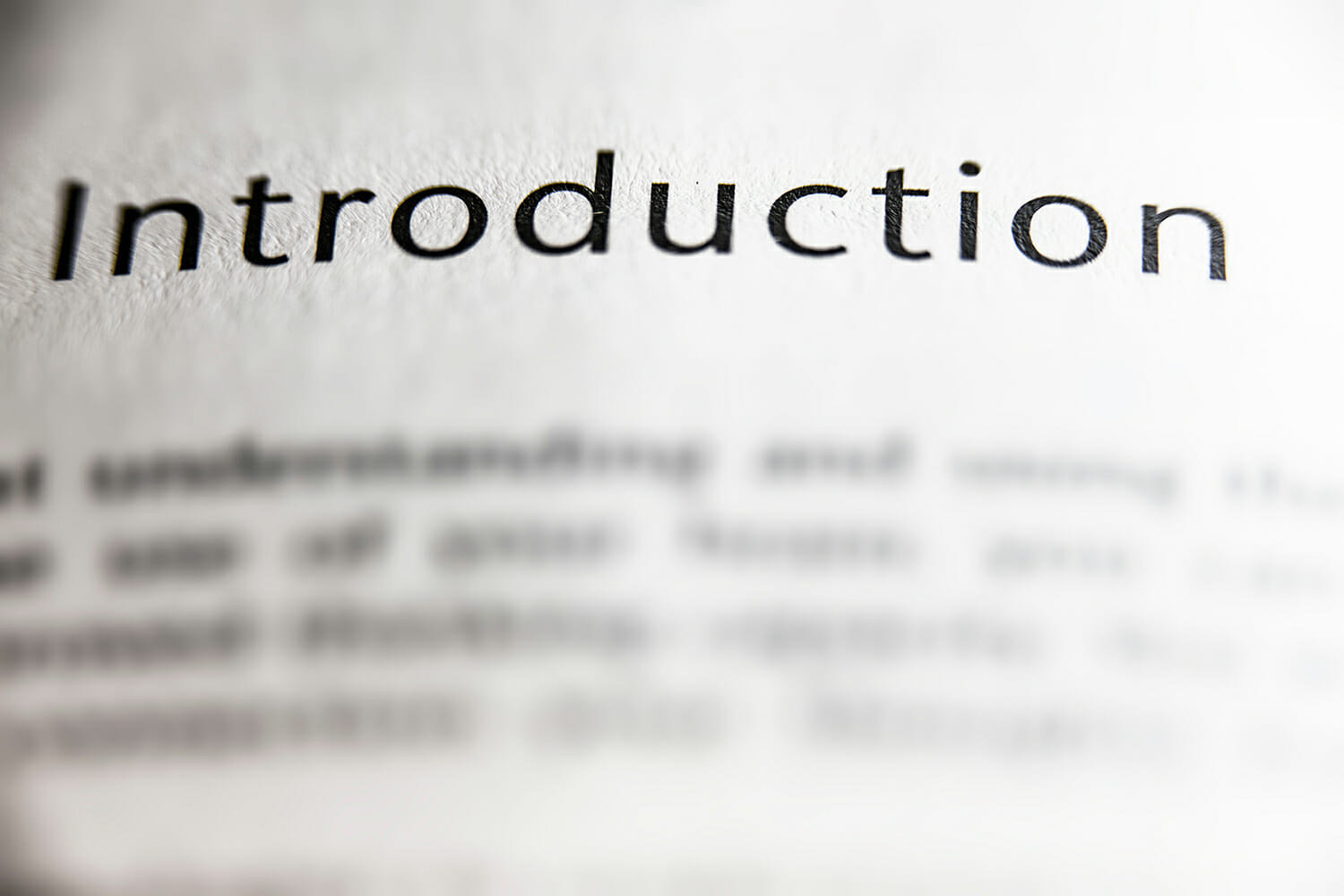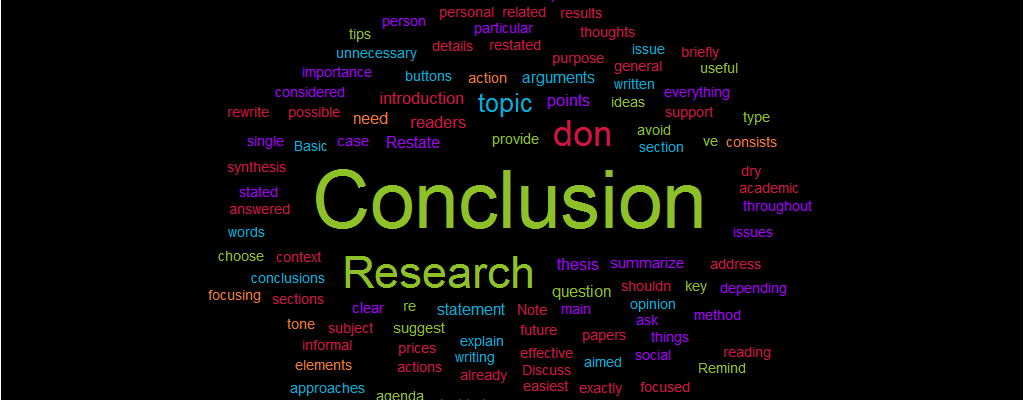Research Paper: It's the process of enforcing your ideas into a manuscript (similar to writing an essay) but here we write to showcase our work to others. So it can help future research on the topic.
Now, lets discuss about the process of writing the Research Paper:
****************************************************************************************************************
- Choose a Topic
- Do Research on the Topic
- Prepare Working Outline
- Write First Draft
- Write the Introduction
- Write Body Paragraphs
- Write Conclusion of the Research Paper
- Revision Process
1. Choose a Topic
First and foremost, consider selecting a topic that you are interested in. You won't get bored conducting research you'll almost certainly learn something new, and you'll love the writing process. Choose themes that aren't overly technical or broad.
Your research paper will be unlikely to be effective if your topic is too wide since it will appear to be a generic summary. Make your topic particular and manageable by narrowing it down to a single component, notion, or idea.
🔥For example:
If your topic is Kali Linux, it's better to be more specific like Kali Linux: Tools for Pen Testers.
---------------------------------------------------------------------------------------------------------------------------------------------------
2. Do Research on the Topic
Doing research on the topic will help you to know how much research has been done previously. From reading the published Research Paper you will understand the future work of the topic i.e. Yet to be done. Now, it's the opportunities to do research on future work and published your paper successfully and contribute towards the topic.
It will also help you to get the sources for your paper and you can cite all sources from where you took help.
---------------------------------------------------------------------------------------------------------------------------------------------------
3. Prepare working outline
Your investigation has provided you with a plethora of excellent suggestions. You must now organize them in preparation for your spectacular presentation. Don't skip this crucial phase; if you do, your project will be disorganized, and you'll need extra time to revise your draught as you try to make sense of your muddled thoughts. That is why you will require an outline.
---------------------------------------------------------------------------------------------------------------------------------------------------
4. Write the First Draft
Your first draft won't be prefect as the main aim here to maintain the momentum of brainstorming on the topic and gather the knowledge about the topic and expressing ideas as clearly as possible. Later, we can do the final touch-up.

---------------------------------------------------------------------------------------------------------------------------------------------------
5. Write the Introduction
The Introduction should cover what the topic is about, why it's worth reading it and how it will help them to find a solution to their concern.
What?
Be explicit about the paper's topic, provide background information, and describe significant terminology or concepts.
Why?
This is the most vital portion of the introduction, but it's also the most challenging. Answer the following questions as briefly as possible: What new information or perspectives do you have to offer? What crucial concerns does your essay contribute to the definition or resolution of?
How?
The introduction should include a "map" of what will be discussed, succinctly outlining the important aspects of the work in chronological sequence, to let the reader know what to expect from the body of the article.
---------------------------------------------------------------------------------------------------------------------------------------------------
6. Write Body Paragraphs
This section of your paper will be easier to finish if you use your outline. However, you should not believe that you must adhere to it to the letter. It may change over time, and you are allowed to revise and change it. The most important thing is to stay on track and concentrate on your thesis. You should make your points and back up your main point.
Start each body paragraph with a topic phrase and back it up with arguments and facts. As many body paragraphs as you have crucial themes should be written.

---------------------------------------------------------------------------------------------------------------------------------------------------
7. Write Conclusion for Research Paper
It is also a good idea to summarize the main ideas of your work. You might also underline the importance of your findings. It's a good idea to make some recommendations or suggest some study directions depending on the findings of your investigation.
---------------------------------------------------------------------------------------------------------------------------------------------------
8. Revision Process
Ensure that you have performed all necessary activities and that the paper is as well-articulated as feasible during the editing and proofreading process.
- Verify that your paper fulfills all of the requirements listed on your assignment page.
- Examine the paragraphs for logical order and flow.
- Compare and contrast paragraphs with the introduction and thesis statement.
 ~~~~~~~~~~~~~~~~~~~~~~~~~~~~~~~~~~~~~~~~~~~~~~~~~~~~~~~~~~~~~~~~~~~~~~~~~~~~~~~~~~~~~~~~~~~~
~~~~~~~~~~~~~~~~~~~~~~~~~~~~~~~~~~~~~~~~~~~~~~~~~~~~~~~~~~~~~~~~~~~~~~~~~~~~~~~~~~~~~~~~~~~~
References:
- https://www.american.edu/provost/academic-access/upload/ten-steps-for-writing-research-papers.pdf
- http://rc.rcjournal.com/content/49/10/1229.short
- https://www.nhcc.edu/student-resources/library/doinglibraryresearch/basic-steps-in-the-research-process
- https://www.google.com/url?sa=i&url=https%3A%2F%2Fwww.indiamart.com%2Fproddetail%2Fresearch-paper-writing-21781777762.html&psig=AOvVaw20MkAidWAzRvbqpZFreKjB&ust=1632387104291000&source=images&cd=vfe&ved=0CAsQjRxqFwoTCMCX5oWakvMCFQAAAAAdAAAAABAE
- https://www.google.com/imgres?imgurl=https%3A%2F%2Fcdn.pixabay.com%2Fphoto%2F2017%2F10%2F25%2F19%2F45%2Farrows-2889040__480.jpg&imgrefurl=https%3A%2F%2Fpixabay.com%2Fimages%2Fsearch%2Faim%2F&tbnid=P7DrEJM7aqcsPM&vet=12ahUKEwjnm938m5LzAhUCcisKHWf3ChsQMygJegUIARDiAQ..i&docid=NhlxK0-tVo9fEM&w=640&h=480&q=aim&ved=2ahUKEwjnm938m5LzAhUCcisKHWf3ChsQMygJegUIARDiAQ
- https://www.google.com/url?sa=i&url=https%3A%2F%2Fself-publishingschool.com%2Fbook-introduction%2F&psig=AOvVaw1281ZxTlJeWNpL0h8yIy3H&ust=1632388074874000&source=images&cd=vfe&ved=0CAsQjRxqFwoTCOCh1tedkvMCFQAAAAAdAAAAABAD
- https://slc.berkeley.edu/writing-worksheets-and-other-writing-resources/process-approach-writing-research-papers







0 comments:
Post a Comment